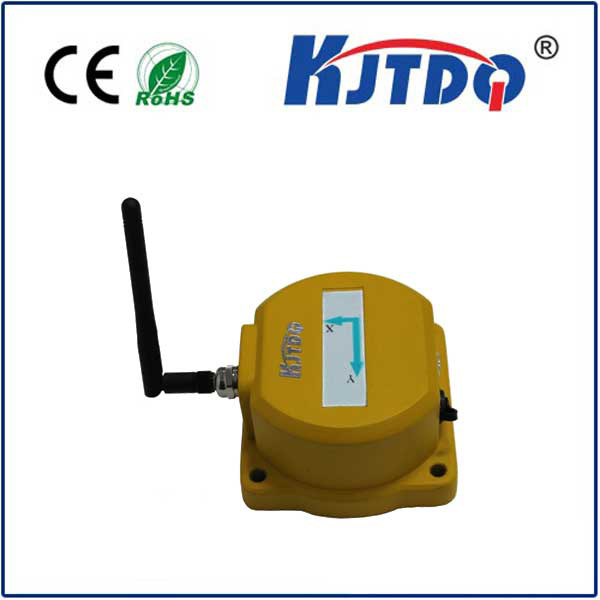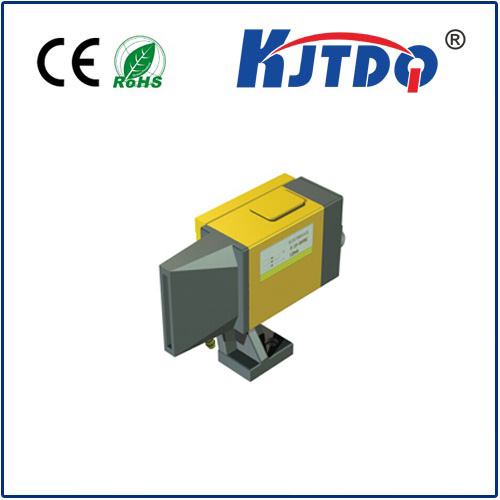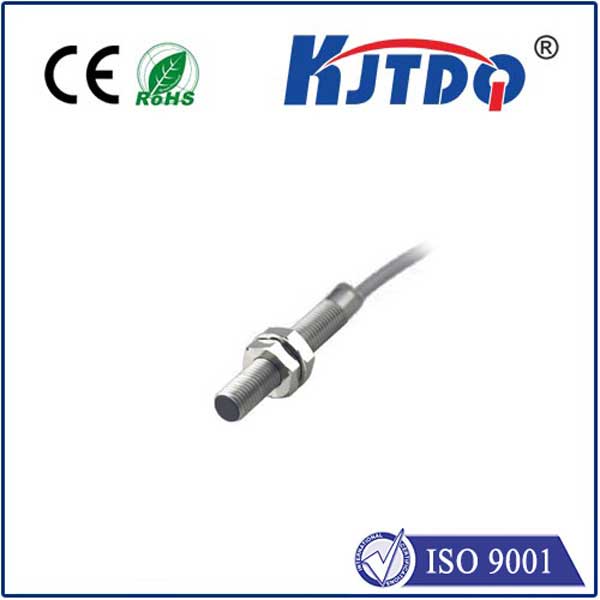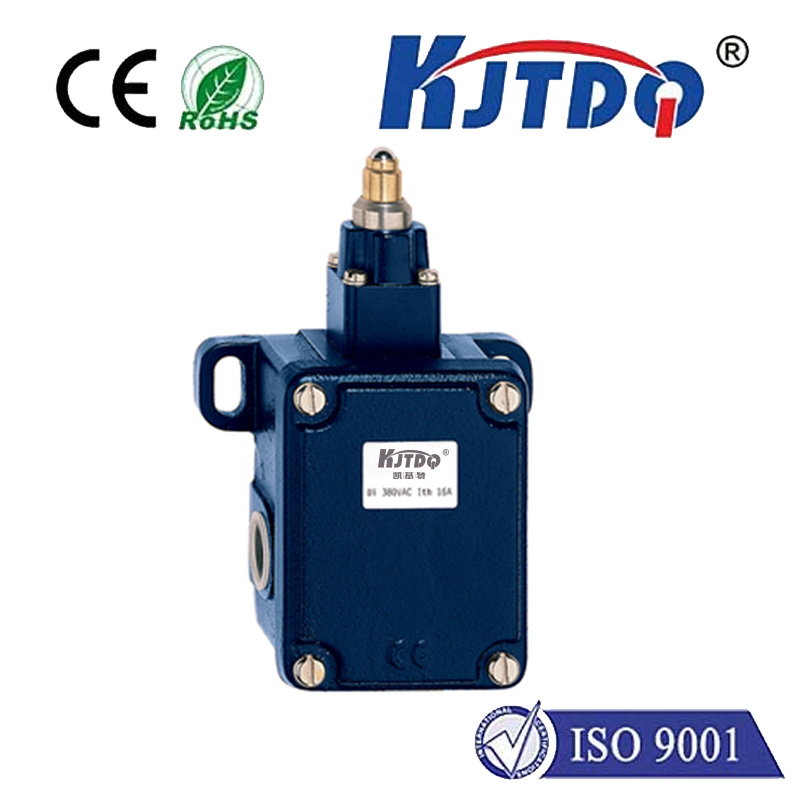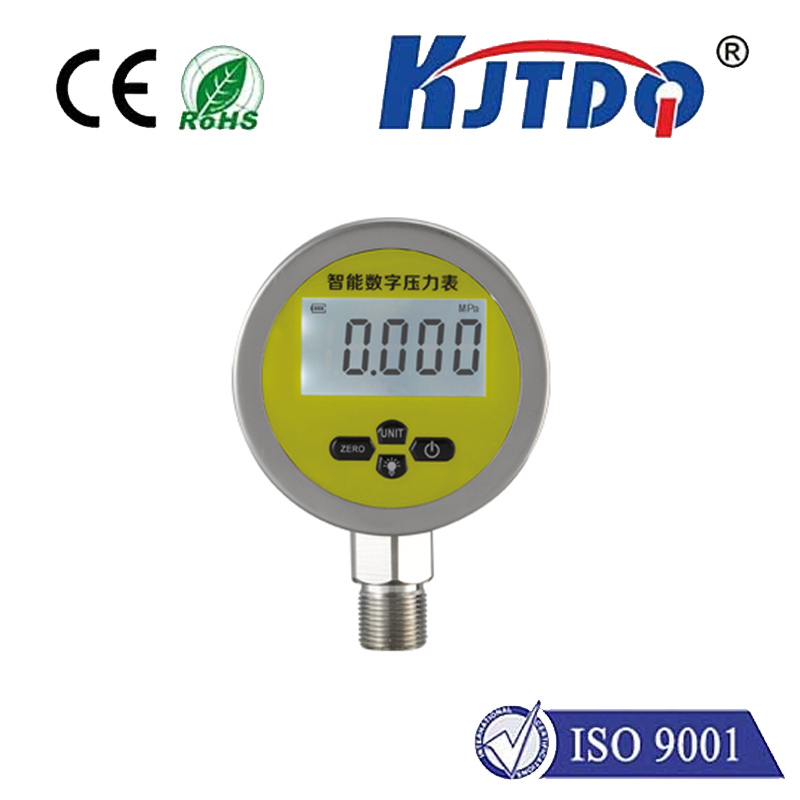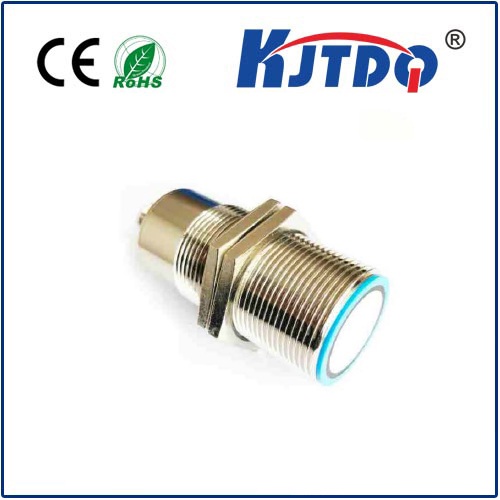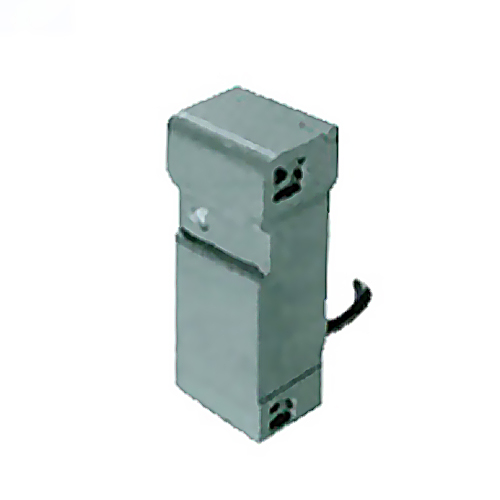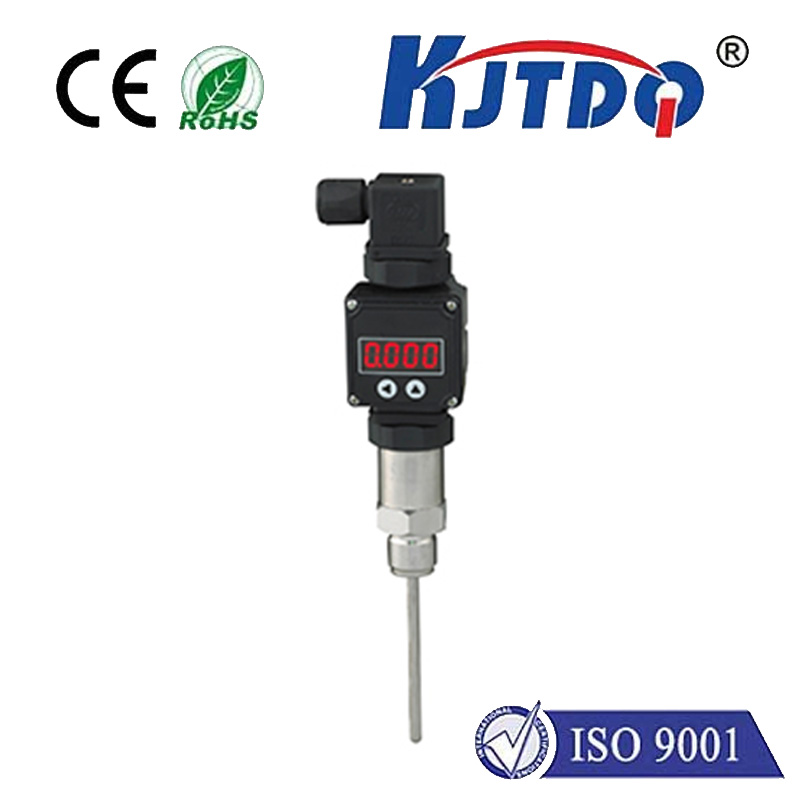

check

check

check

check

check

check

check

check

check

check

Title: The Innovative Role of Photoelectric Fork Sensors in Modern Industry In the rapidly evolving landscape of industrial automation, the integration of advanced sensors has become a game-changer, enhancing efficiency, accuracy, and safety across various processes. Among these cutting-edge innovations, photoelectric fork sensors have emerged as a vital component, revolutionizing material handling and sorting systems with their exceptional sensing capabilities. This article delves into the functionality, applications, and benefits of photoelectric fork sensors, shedding light on why they are indispensable in today’s manufacturing and logistics sectors. Understanding Photoelectric Fork Sensors Photoelectric fork sensors, also known as optical forks or optoelectronic sensors, utilize the principles of light emission and reflection to detect the presence, absence, or movement of objects within their sensing range. Typically installed at strategic points along conveyor belts or in sortation systems, these sensors consist of an emitter that projects a beam of infrared or visible light and a receiver that captures the reflected light. When an object passes through the beam, it interrupts the light path, triggering an output signal that indicates the object’s position or existence. The key advantage of photoelectric fork sensors lies in their non-contact nature, which minimizes wear and tear on both the sensor and the detected objects, making them ideal for sensitive or fragile items. Moreover, their ability to operate reliably in harsh environments, such as those filled with dust, moisture, or high temperatures, further underscores their robustness and versatility. Applications Across Industries The implementation of photoelectric fork sensors spans across diverse industries, each harnessing their unique attributes to streamline operations and improve productivity. In the packaging industry, for instance, these sensors ensure precise product counting, gap detection, and quality control by verifying fill levels or identifying mislabeled packages. Their role is equally critical in the automotive industry, where they facilitate tire pressure monitoring, seat occupancy detection, and even advanced driver assistance systems (ADAS) by accurately measuring distances and speeds. In the realm of logistics and warehousing, photoelectric fork sensors take center stage in sortation systems, enabling high-speed sorting of parcels based on predefined criteria such as size, shape, or barcode information. They enhance sorting accuracy, reduce handling errors, and accelerate package throughput, ultimately leading to improved customer satisfaction and operational efficiency. Unveiling the Benefits The adoption of photoelectric fork sensors brings forth a multitude of benefits that collectively contribute to enhanced process optimization and cost-effectiveness. Firstly, their high sensitivity allows for early detection of anomalies or defects, facilitating prompt corrective actions and minimizing downtime. Secondly, their non-invasive measurement technique safeguards product integrity while maintaining hygiene standards in food processing and pharmaceutical manufacturing. Furthermore, photoelectric fork sensors contribute to energy savings and sustainability efforts by optimizing machine operation based on real-time data, thus reducing unnecessary power consumption. Additionally, their integration into smart factories and IoT ecosystems paves the way for predictive maintenance, where sensor data analytics predict potential equipment failures before they occur, saving resources and preventing unscheduled downtimes. Conclusion: Shaping the Future of Industrial Automation In conclusion, photoelectric fork sensors stand at the forefront of industrial automation technology, driving innovation and efficiency in myriad ways. With their unparalleled precision, reliability, and adaptability, these sensors not only optimize current processes but also pave the path for future advancements in intelligent manufacturing and logistics solutions. As industries continue to embrace digital transformation, the strategic deployment of photoelectric fork sensors will undoubtedly remain a cornerstone in achieving operational excellence and staying competitive in a dynamic global market.
